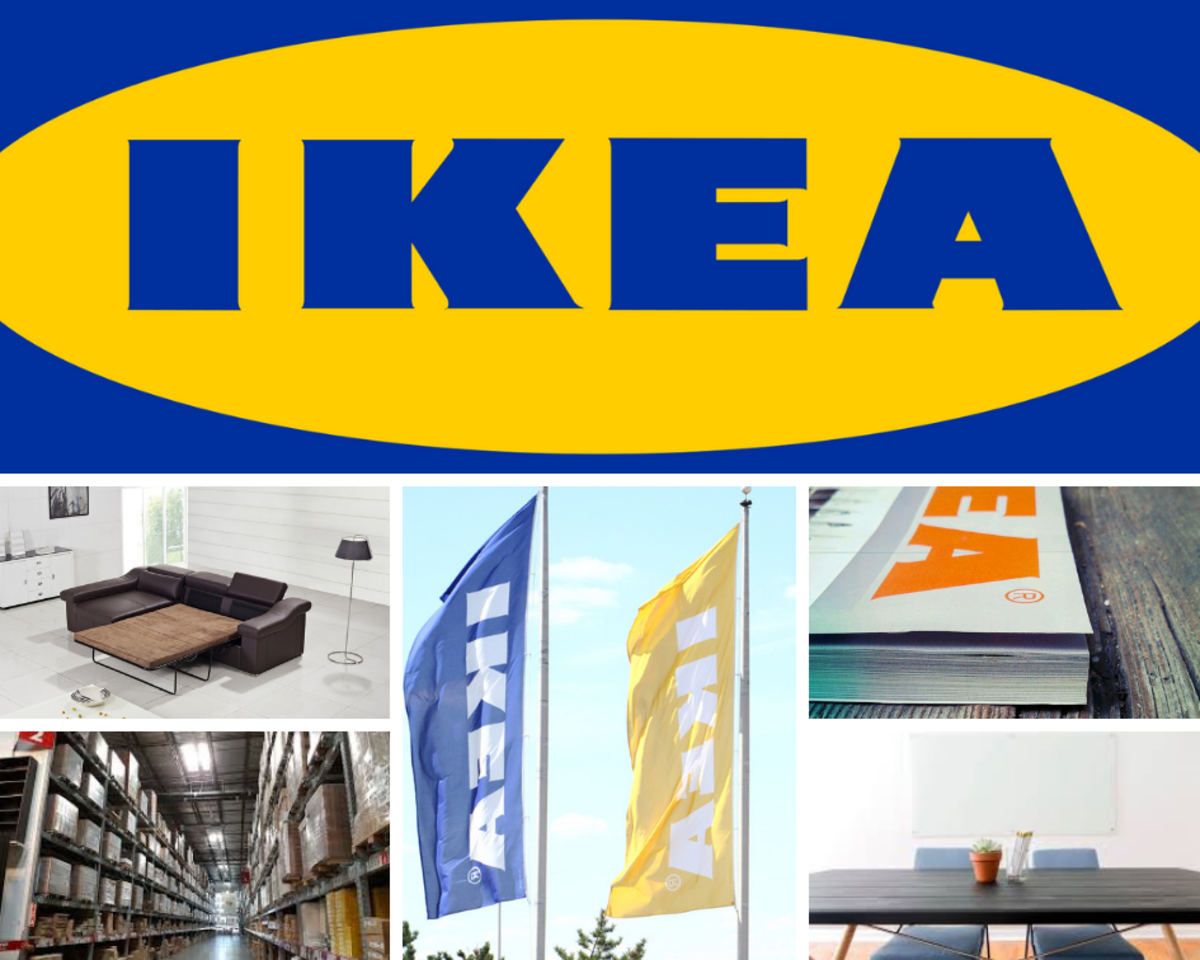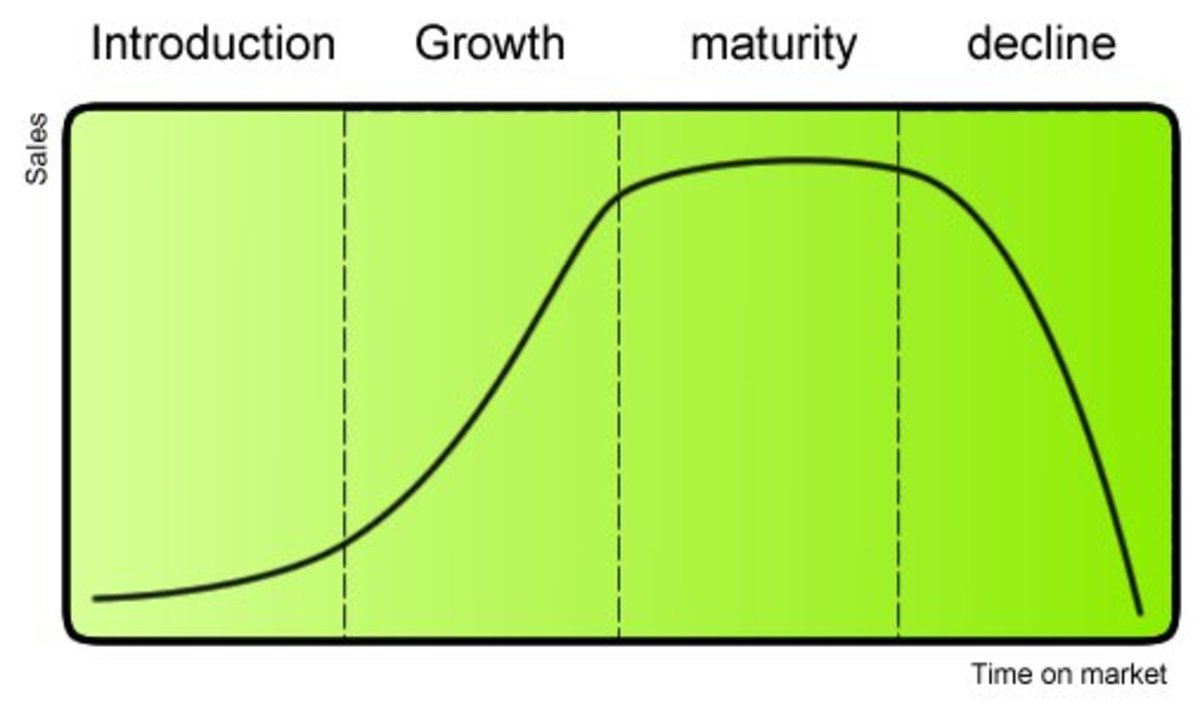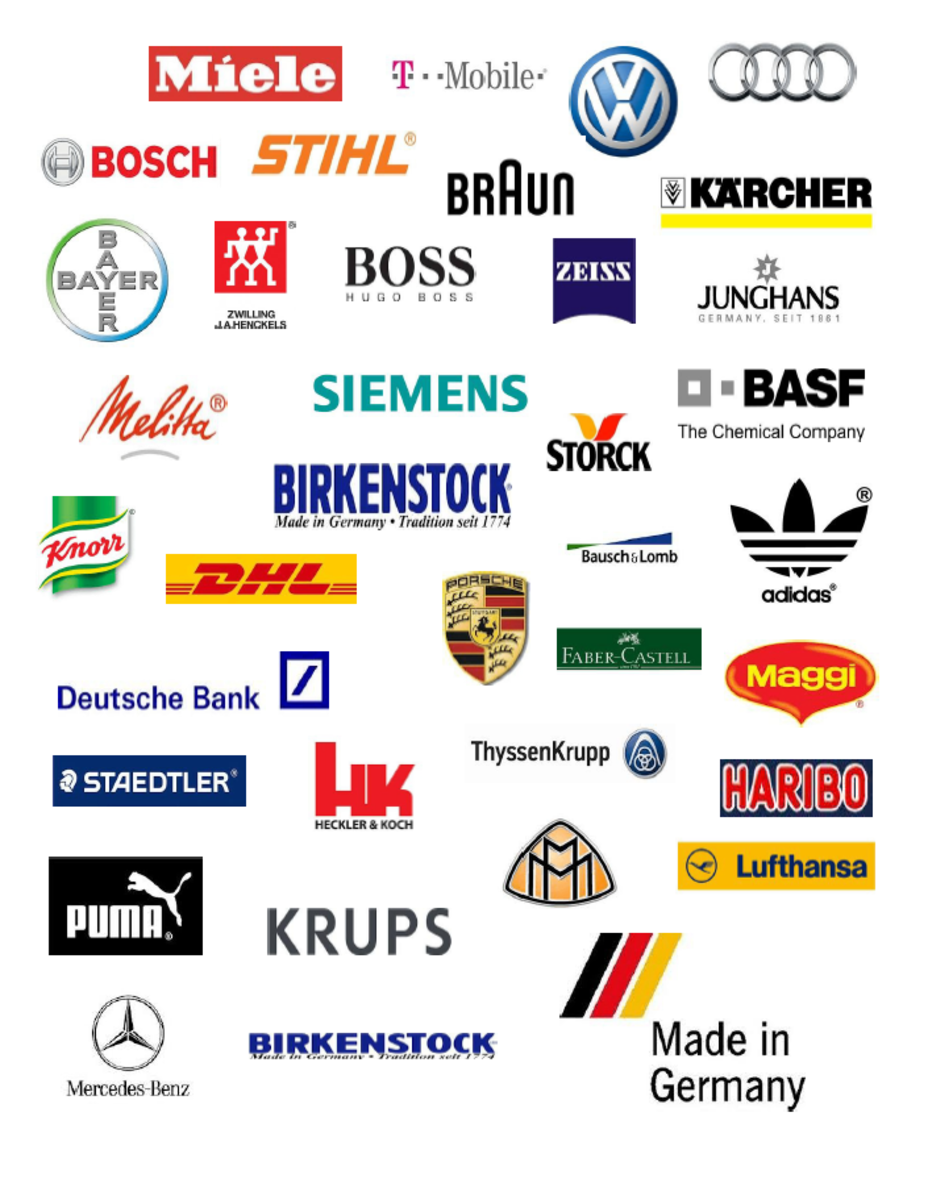Telling a Story: How to Blog Your Product
That Taste of Special
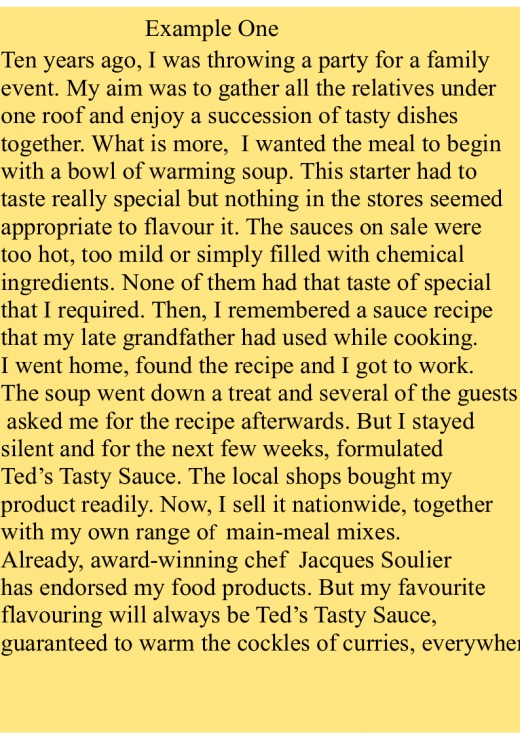
How to Blog Your Product
You want to write a blog for your business, either on your own website or on a blog site?
You may want to increase sales of your product, to spread information and to lure customers onto your site and into your business?
Whatever, you want to produce a precise, focused, accurate and engaging article.
This should be easy, you tell yourself.
This feature is about your own business, after all, and who knows more about it than you do?
However, you spend an hour or more fumbling about, trying to pinpoint the purpose of the piece, going in all directions but never really getting anywhere.
No matter how hard you try, you cannot seem to write an illuminating and engaging article.
Years of blogging has taught me one thing: when you want to engage a reading audience, tell a good story.
Every great product has a story behind it. Consider the origin of the popular board game, Monopoly. Elizabeth Magie invented it in 1903 to demonstrate the workings of the free market. Today, millions of people worldwide play the game. Since 1903 and today, the game and its marketeers have gone through many an evolution - and therein lies the story.
Find the story of your product, put it into words and your site will sparkle.
The Power of the Question
The strongest way to draw out the story of your product is to pose a series of questions, using the prepositions: who, what, which, where, why, how and when
The questions might run as follows:
When did I begin marketing?
Why did I begin to make/market my products?
Where did my company begin?
To whom did I market my products?
What is special about my product?
How did my company grow from zero to where it is today?
Which aspect of my product or range of goods do I want my article to highlight?
By answering these questions about your product, you can build a dossier of fascinating and engaging information, ready to present to the public.
When Did I Begin Marketing?
The question of when you began marketing may seem irrelevant but remember, the majority of people love a tradition.
Many of today’s best-known companies have histories that run in parallel with national events. For example, Colonel Sanders cooked inexpensive chicken dinners during the Great Depression, while the Kellog company provided breakfasts for overseas armed forces during World War II.
If your company is a new one, then dig back into your past. You could say:
“Ted’s Sauce is based on a recipe left by my grandfather.”
Or: “The fenland environment where I grew up has inspired the purple and gold patterns that cover the ceramic surfaces.”
Or: “As I child, I longed for the freedom of wearing clothing that allowed me to play, run and tumble about, and I wanted my young daughter to do the same.”
Time and Place

Why Did I Begin to Make/Market my Product?
Several household brand/product names arose in response to an individual need.
Emma Bridgewater founded her ceramic company in 1985 when experimenting with a new method of putting patterns on mugs. Now, her company is the largest manufacturer of its kind, in England.
Possibly, you formulated your sauce to add a unique flavour to soups and salads.
Or you designed and made your ornaments as part of a degree portfolio.
Or you sketched out and stitched up a pair of child’s dungarees because you could find nothing suitable in the shops.
Whatever, your product had a definite beginning.
Where Did I Begin My Company?
Locale does play a definitive role in the origin of many products.
You may have begun making your ceramic ornaments in an urban environment, in response to a longing for the countryside of you childhood.
The creators of many food products, clothing and books, began their companies this way.
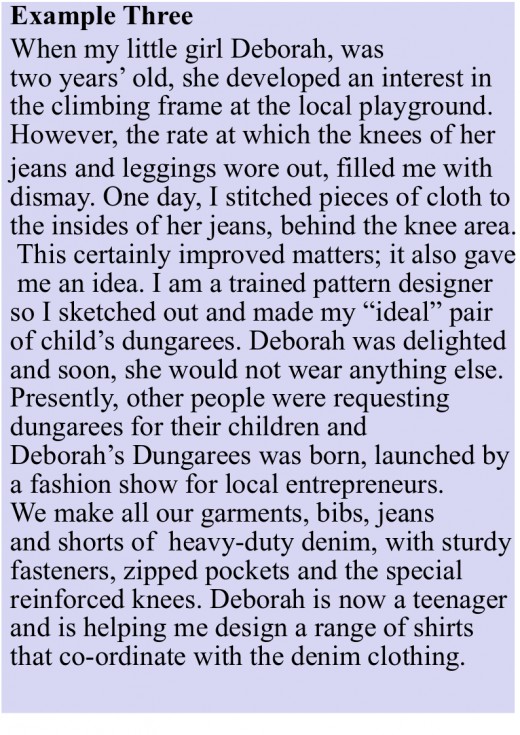
To Whom Am I Marketing my Products?
Speak the language that your readers understand.
Are you blogging to restaurant owners, self-employed caterers or members of the public?
Are you writing for gallery owners, upmarket retailers or speaking directly to home owners?
Are you selling your dungarees to fashion wholesalers or directly to members of the public?
Write from a personal point of view, using the pronoun “I”.
Use short, easy-to-read sentences.
Make use of active verbs, e.g. warming soup, making our garments, designing and selling them..
Use warm, friendly language: ensure you “talk to people” by reading your copy aloud before you post it.
What is Special About My Product?
Here, experienced marketers will recognise the principle of the USP or unique selling point.
But when describing your product, do not put “USP” literally into the text. Instead, describe your product in emotional terms.
For example: The unique combination of ingredients in Ted’s Tasty Sauce will warm the cockles of your curries.
Or "Claire’s purple and gold-patterned ceramic sculptures strike a unique visual note in every environment."
Or "Thanks to our special reinforcing, the knees of Deborah’s Dungarees do not fade or fray when your child falls on the ground or climbs a tree."
How Did my Company Grow?
A business is a journey as much as a destination, and much of your story will involve charting how you travelled from zero to where you are today.
For example, when Deborah’s Dungarees were selling well, customers began asking if you made co-ordinating shirts.
You decided to widen your range of sauces to include main-meal mixes.
You began making bowls and other utilitarian items to complement your ceramic ornaments.
Which Aspects of Your Company are You Highlighting?
How you interpret this question will depend upon the nature of your company and its products.
For example, you could mention the award-winning chef or restaurant group that has endorsed your food products.
Or the style magazine that has featured your ornaments.
Or the local fashion show that displayed your children’s clothing.
Supposing none of these exciting things have happened yet?
Or suppose your product is a type, say, castors for moving industrial equipment, that is unlikely to attract the attention of the media?
Simply get testimonials from your friends and colleagues, and incorporate them into your article; you do not need to add their names.
Happy blogging!


